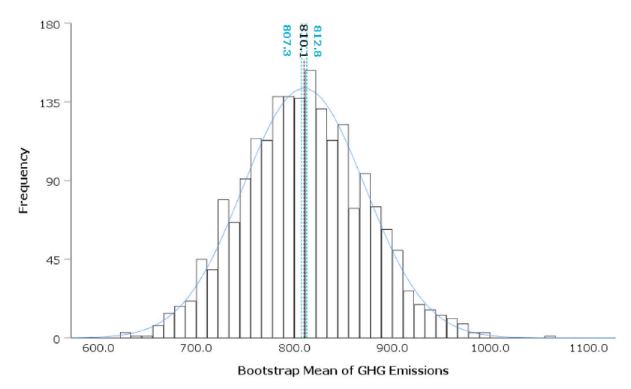April 20, 2023 | Journal of Cleaner Production | Source |
Introduction: South Korea aims to reduce greenhouse gas (GHG) emissions by 7.9% by 2030 in agriculture, forestry, and livestock industries, and has introduced a low-carbon agricultural product certification system, encouraging farms to reduce emissions and consumers to buy certified products. Despite progress, only a small percentage of farms are certified, highlighting the need for more rigorous and statistically significant criteria for certification. Researchers from Seoul National University analyze GHG emissions from carrot farming in South Korea and explores methods to establish low-carbon certification criteria.
Key findings: Carrot farming's GHG emissions varied significantly from 2011 to 2015, with the highest emissions in 2015 (818.8 kgCO2e/FU) and the lowest in 2012 (519.3 kgCO2e/FU). The main sources of emissions were inorganic fertilizers and nitrous oxide from nitrogen fertilizers. The current certification system uses a five-year trimmed mean of GHG emissions, overlooking yearly variations. The study suggests adapting certification criteria to better reflect regional and annual variations in farming conditions and considering a weight-based functional unit for better compatibility with processed food data. The use of statistical inference methods, including parametric and nonparametric approaches like bootstrapping. The bootstrapping method, which increases sample size through repeated sampling, proved more accurate and reliable.
Figure | Frequency of GHG emissions of carrot farming with 2000 boot strapping samples in 2015. The bootstrapping samples are normally distributed, as shown by the histogram of 2000 bootstrapping samples overlaid with a normal curve. Three specific values, shown with dotted lines in the graph, indicate the lower limit of a 95% CI, average value, and upper limit of 95% CI with bootstrapping carrot farming observations (N = 2000).





